“I have never experienced such a high quality of care like I did in Dr. Starkman’s office. Dr. Starkman is very knowledgeable, patient, and he spends a long time with patients. Best Neurologist and Pain Management doctor.”
Fred G., Cayman
“I have never experienced such a high quality of care like I did in Dr. Starkman’s office. Dr. Starkman is very knowledgeable, patient, and he spends a long time with patients. Best Neurologist and Pain Management doctor.”
Fred G., Cayman

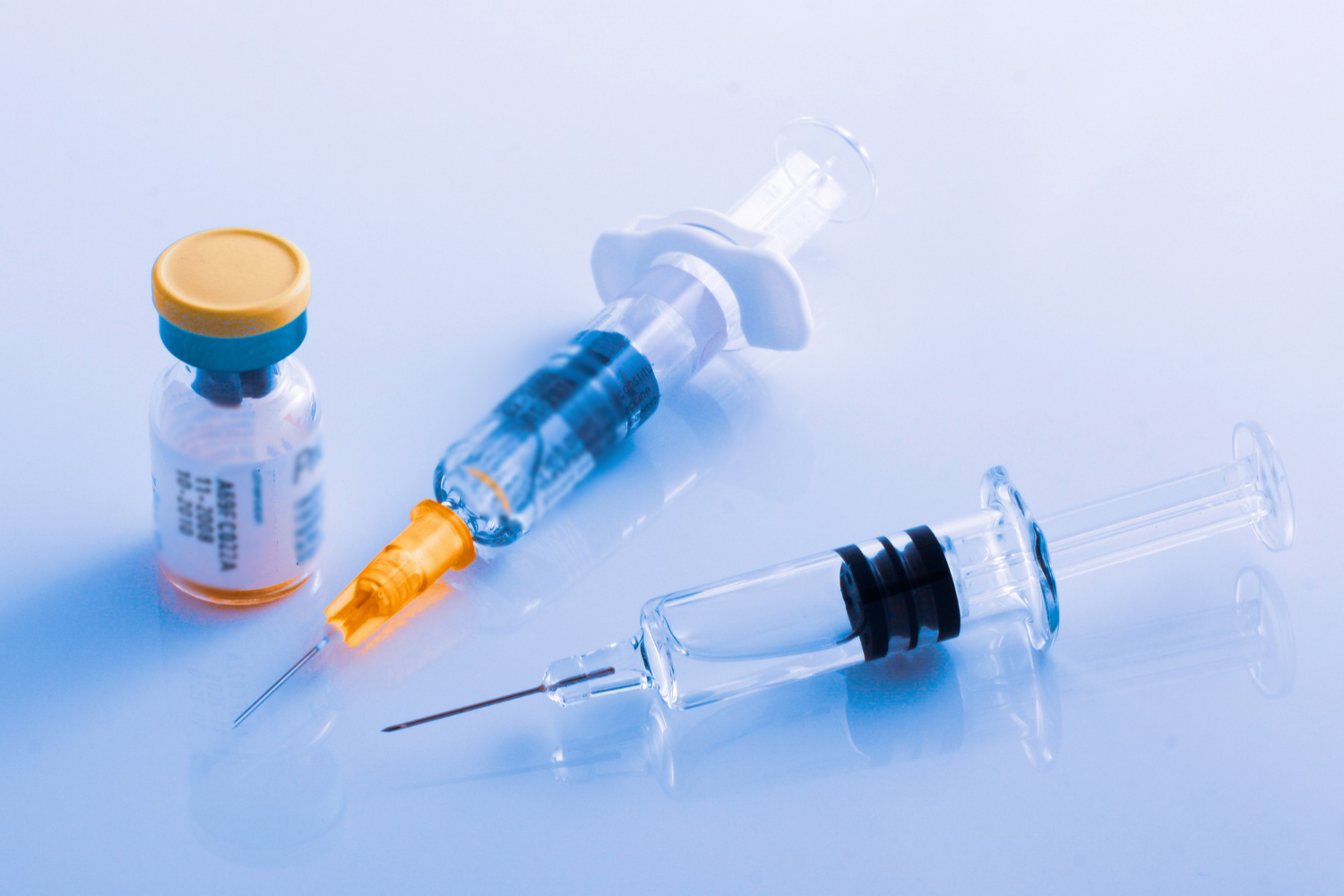
A common method of treating pain and inflammation associated with herniated discs and spinal stenosis is through the use of epidural steroid injections (ESIs). Epidural steroid injections have been used successfully as therapies for decades. Complications are rare and side effects, if any, are generally mild.
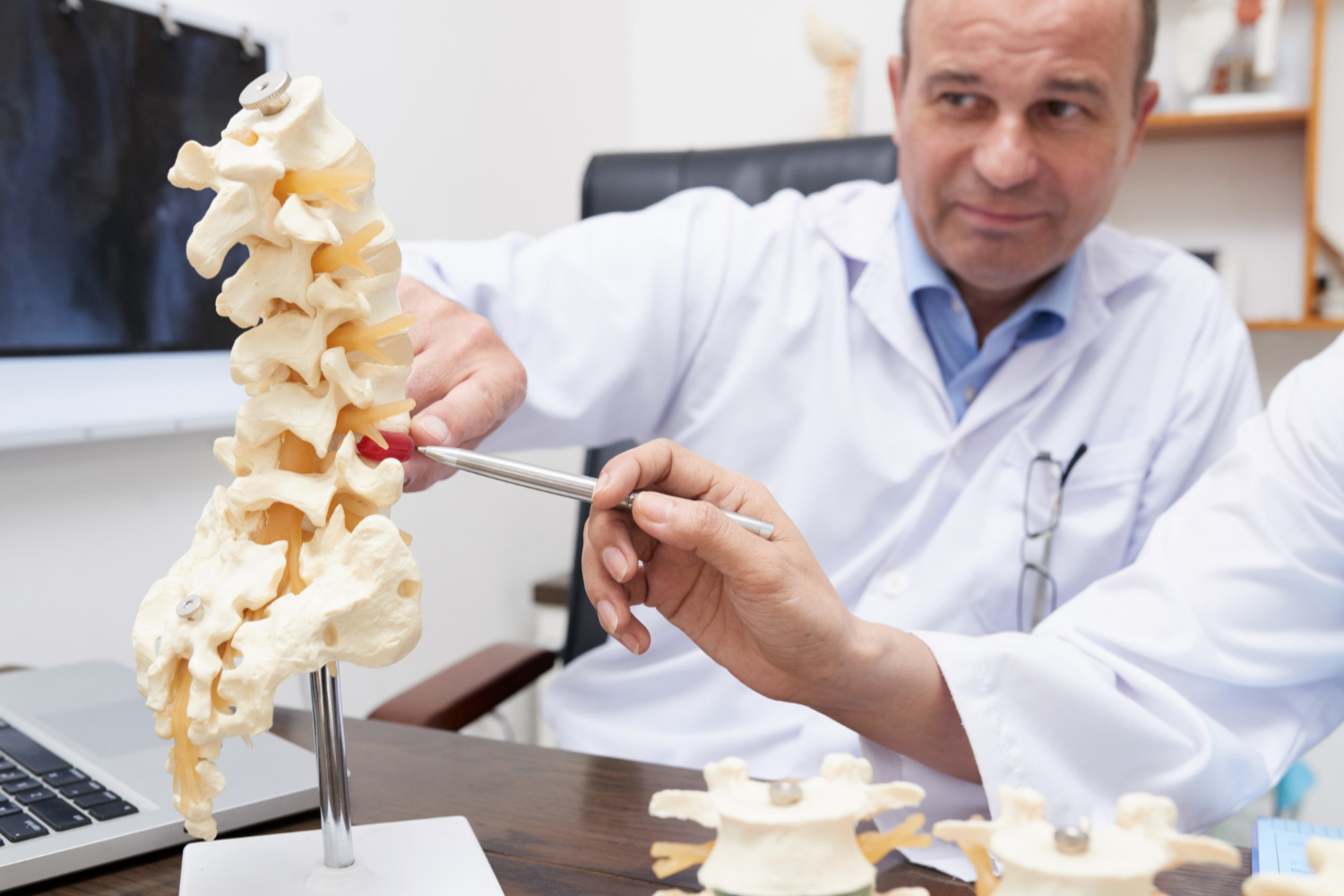
Facet joints are located between vertebra on both sides of the spine. There are two facet joints per pair of vertabrae; they allow for movements in your spine. This procedure involves injecting a local anesthetic to relieve pain originating from the joints. A facet joint block may be diagnostic as well as therapeutic – it can be used to determine the origin of the pain.

This procedure utilizes radio waves to temporarily disable nerves via a special needle. It is effective at treating pain from facet joint related issues. The procedure requires local anesthesia due to its invasive nature. The effects are fairly long lasting – pain relief lasts from several months to over a year, averaging around 400 days.

Sacroiliac joint blocks/injections are used to provide pain relief from sciatica and lower back pain associated with sacroiliac joint dysfunction with corticosteroids. The benefits from the corticosteroid will typically occur two to four days following the procedure and last for several months.

Viscosupplementation is an effective method of treating joint pain associated with osteoarthritis. This procedure is an injection of hyaluronic acid (found in synovial fluid which lubricates joints) into the joint to reduce pain and increase mobility in the joint.

Carpal tunnel steroid injections are effective at treating pain associated with CTS. These injections provide relief for up to a year, but are recommended to be repeated every 6 months.
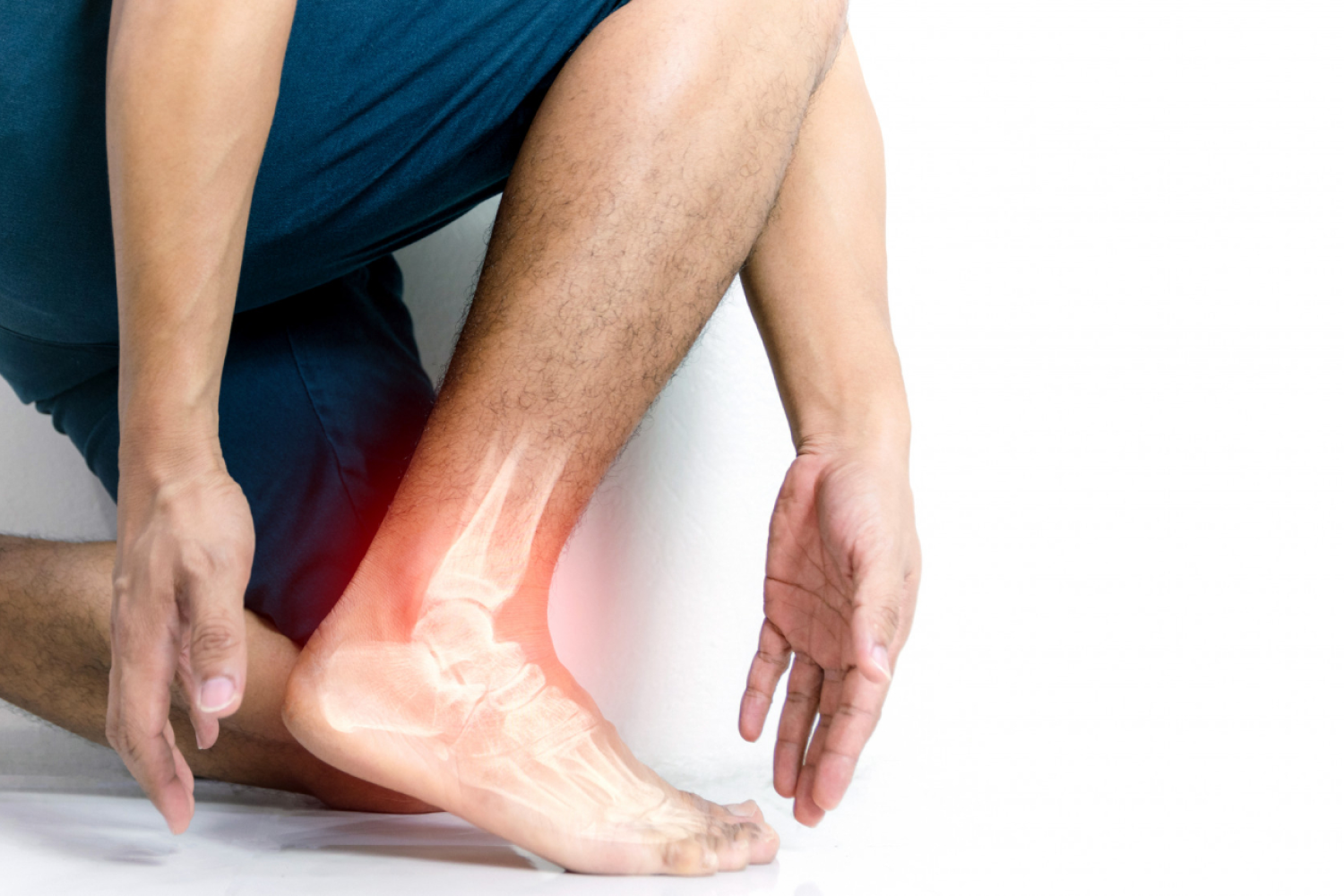
Heel spur steroid injections are used to provide pain relief from heel spurs and plantar fasciitis. The relief begins 2-3 days after the injection and may last for several months.

Neurotoxin injections are not only cosmetically beneficial, but are effective at treating chronic migraines and hyperhidrosis. The effects can last from three to twelve months, but require follow-up injections to maintain the effects.
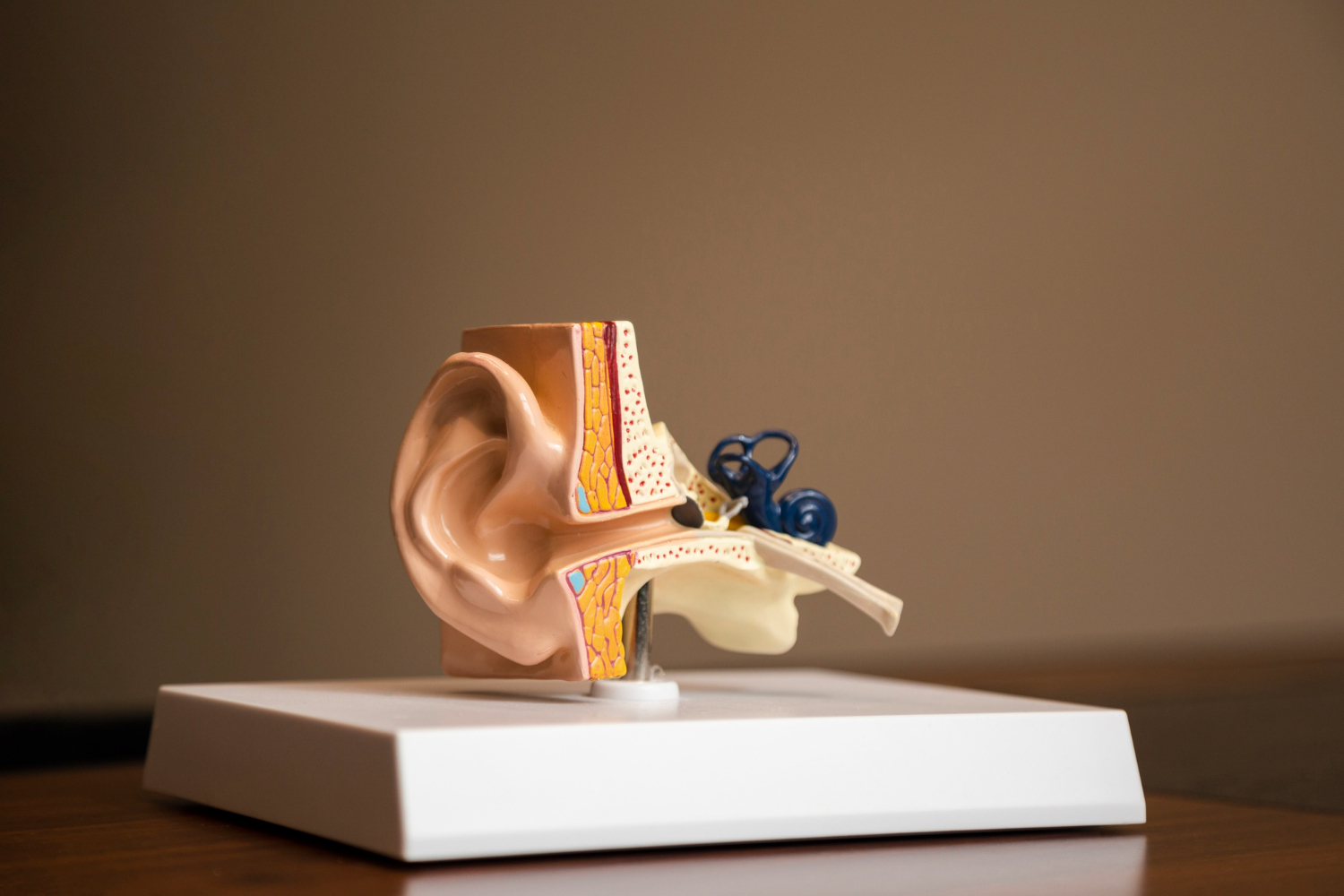
The canalith repositioning maneuver is effective at treating vertigo. The procedure is very simple – it involves a few head maneuvers and may be completed in as little as ten minutes. Although this may have to be done several times, the symptoms go away. If they recur, the procedure may be repeated as often as necessary.
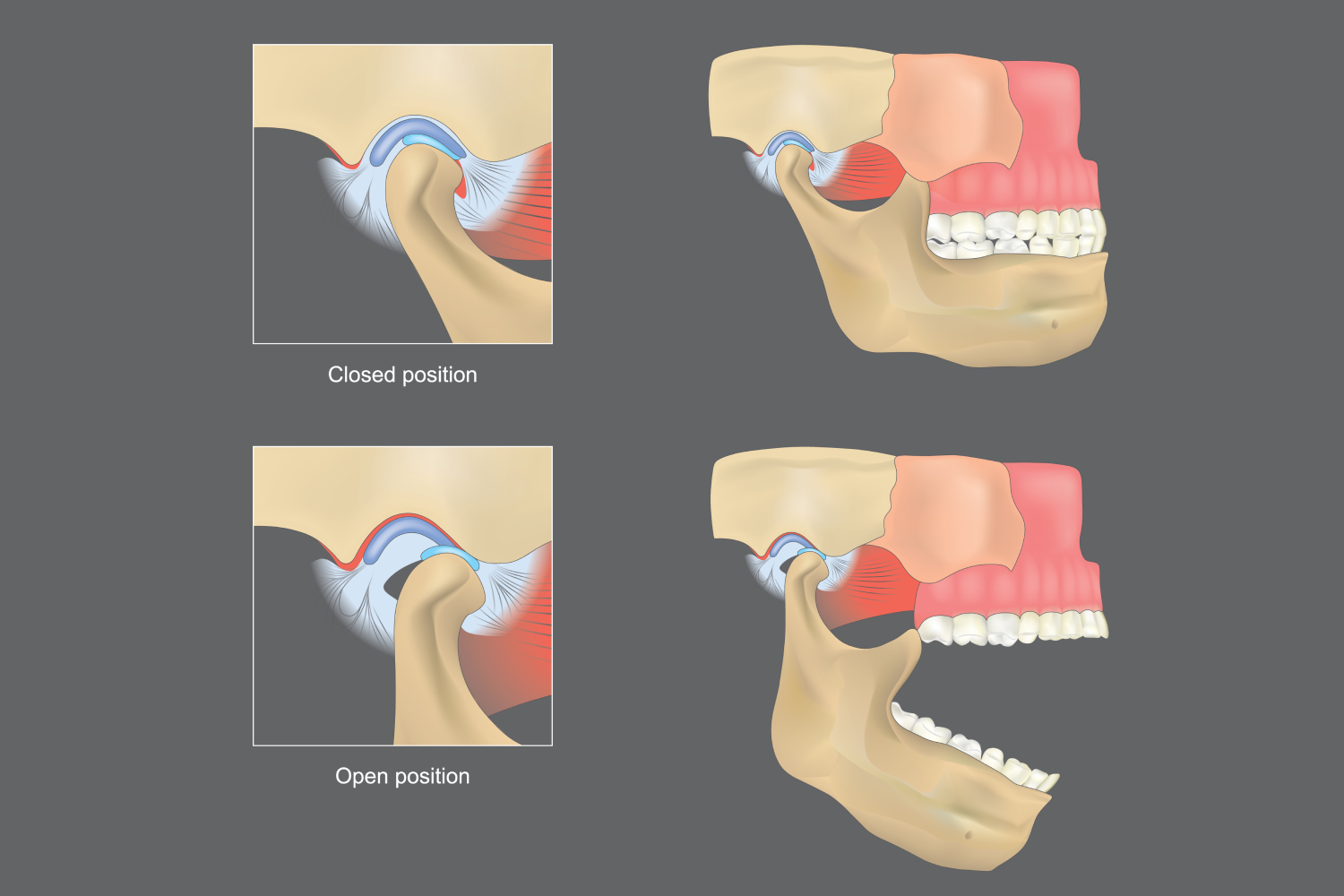
Temporomandibular joint (TMJ; connects the jawbone to the skull) injections are used to treat pain and discomfort in the joint. The injections may either be corticosteroids or Neurotoxin (rarely). This may require a course of 3 or more injections to produce long-lasting effects.

A sympathetic nerve block is an anesthetic that is injected into a ganglion. This is a diagnostic procedure used to diagnose and sometimes treat pain disorders in the sympathetic nervous system. Ganglions are bundles of nerves that are interconnected, and they provide sensory perception to the entire sympathetic nervous system. The process of administering a sympathetic ganglion block takes roughly fifteen minutes and may provide immediate relief from pain disorders.
Copyright © 2024 Cayman Neurologist. All Rights Reserved.